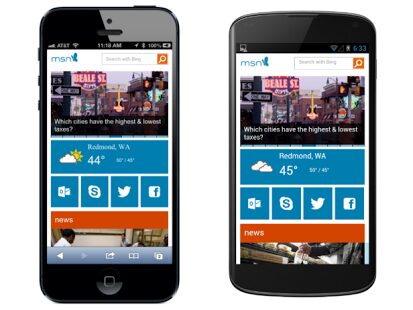The Internet has been around for decades now, and the online world has undergone enormous changes during that time. The early Internet was largely text-based, with few graphics and fewer commercial applications. That did not last for long, however, as businesses large and small began to understand the power of this new communication medium. The early days of the Internet saw many commercial websites open their virtual doors, and whole industries sprang into life.
If your business was one of those early adopters, you already know how important it is to change and evolve with the times. The online world is a fast moving one, and companies that fail to adapt often find themselves left behind.
That is why it is so important for businesses to understand the concept behind responsive web design. The RWD concept can seem intimidating and complicated at first blush, but it is actually quite simple to understand. While there are plenty of technical things going on behind the scenes, a properly built website uses responsive web design to create a seamless and simple experience for the end user.
The idea behind responsive web design is to have the website change its look depending on who is looking at it and what type of device they are using. A visitor using a smart phone will see one website, a user on a tablet with see another and a customer using a laptop or desktop will see still another. Even though the basic website address is the same, each user gets a customized experience.
A website that uses responsive web design is able to detect what type of device a visitor is using – seamlessly adapting to that device in order to deliver a consistent browsing experience for all users. Once the responsive web design process is in place, the website will automatically make changes – from the size of the font to the resolution of the screen to the size of each individual window.
If your own company website has not been designed with responsive web design concepts in mind, you could be missing out on an increasingly large part of your audience. The number of people who access the web primarily using mobile devices is already huge – and getting larger every single year. Companies that fail to adapt their web presence risk falling behind – just like those early adopters of a few decades ago.
If your website does not use responsive web design, you risk having a site that is slow to load, cumbersome to view and difficult to navigate for viewers on mobile phones, tablets and other mobile devices. Visitors to receive a poor viewing experience the first time are unlikely to return – and each one of those visitors represents a missed opportunity.
Companies who are able to incorporate responsive web design concepts into their sites stand to gain a great deal in the coming years. As the importance of mobile devices for web surfing continues to grow, so does the importance of responsive web design. If you are building a new website, it makes sense to build it with RWD concepts in mind. If your website was built for the desktop, updating it with responsive web design is a great way to grow your customer base – and your profits.




